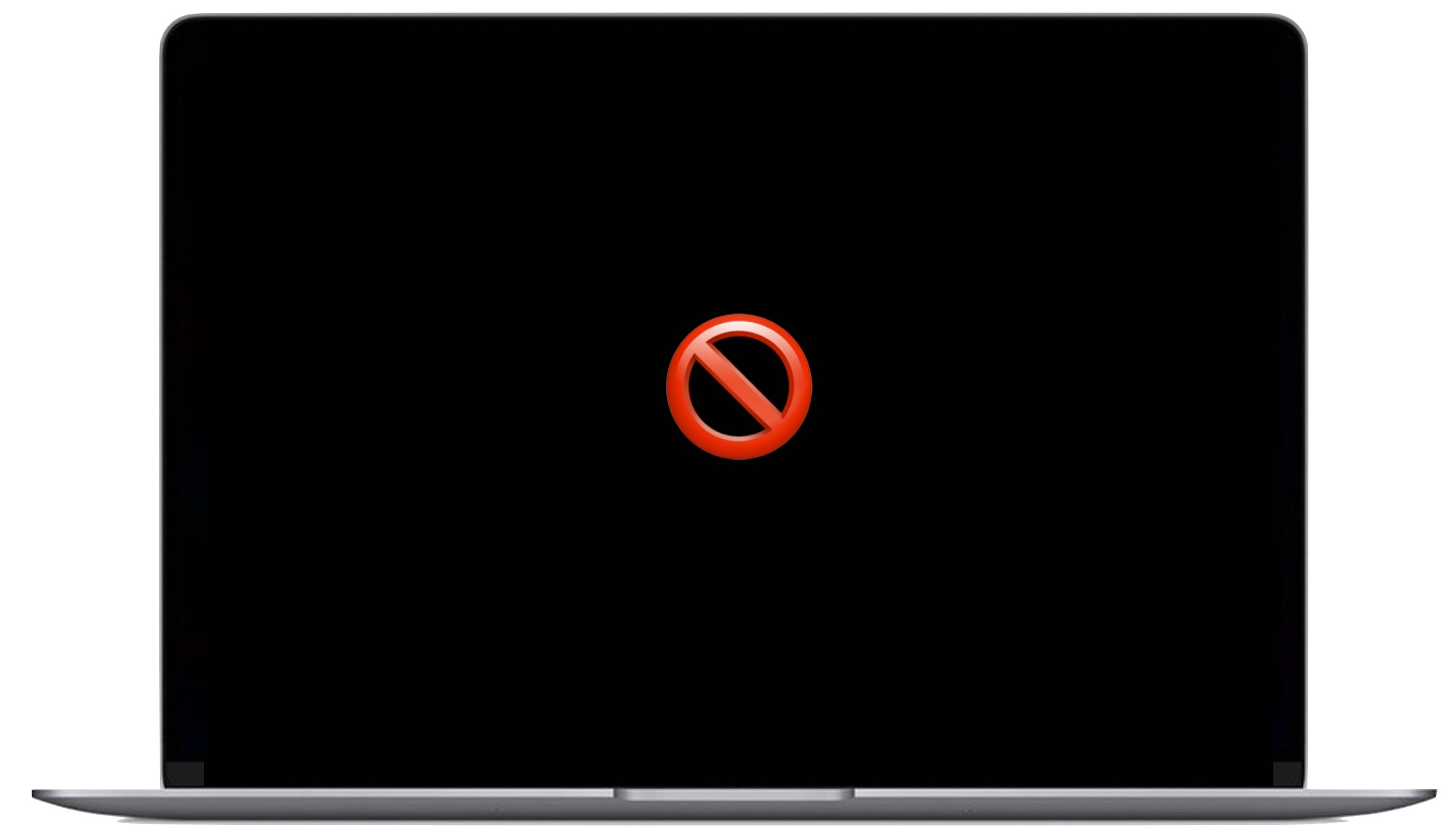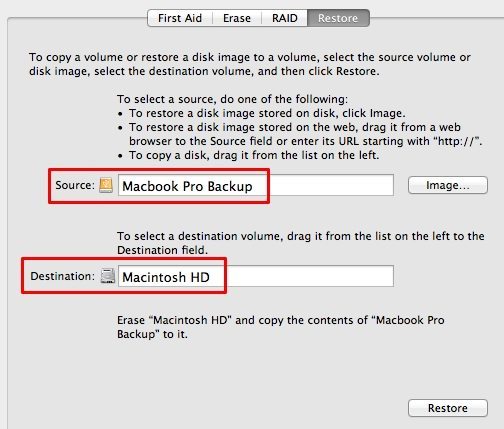

- #DOWNGRADE MAC OS X USING A BOOTABLE INSTALLER HOW TO#
- #DOWNGRADE MAC OS X USING A BOOTABLE INSTALLER 64 BIT#
- #DOWNGRADE MAC OS X USING A BOOTABLE INSTALLER ISO#
In my case, the device number is 2 (for a USB of size 8 GB): /dev/disk2 To avoid confusion, I would suggest that you should have just one USB drive plugged in. You should be able to identify the USB disk by its size. It will list all the ‘disks’ currently available in the system. Run the following command in terminal: diskutil list The next thing is to get the device number for the USB drive. Step 4: Get the device number for USB drive Also, the converted file may have an additional.

It is fine as the extension is symbolic and it is the file type that matters not the file name extension. You might notice that I did not put a IMG extension to the newly converted file. So for me, the command is like this: hdiutil convert -format UDRW -o ~/Downloads/ubuntu-14.10-desktop-amd64 ~/Downloads/ Normally the downloaded file should be in ~/Downloads directory.

#DOWNGRADE MAC OS X USING A BOOTABLE INSTALLER ISO#
Open a terminal, either from Launchpad or from the Spotlight, and then use the following command to convert the ISO to IMG format: hdiutil convert -format UDRW -o ~/Path-to-IMG-file ~/Path-to-ISO-file This can be easily done using hdiutil command tool. The file you downloaded is in ISO format but we need it to be in IMG format. Ubuntu 14.04 is the latest LTS version, and this is what I would recommend to you.
#DOWNGRADE MAC OS X USING A BOOTABLE INSTALLER 64 BIT#
Since you are using a Macbook Air, I suggest you to download the 64 Bit version of whichever version you want. Jump to Ubuntu website to download your favorite Ubuntu desktop OS. Of course, you need to download ISO image of Ubuntu desktop. Of course hit the Partition button to format the USB drive. It will give you a warning message about formatting the USB drive. When all is set to go, just hit the Apply button.

There is one last thing to do before we go with formatting the USB. Click the Options button in the right side pane and make sure that the partition scheme is GUID Partition Table.
#DOWNGRADE MAC OS X USING A BOOTABLE INSTALLER HOW TO#
As a macOS user you probably already know how to install DMG file.


 0 kommentar(er)
0 kommentar(er)
